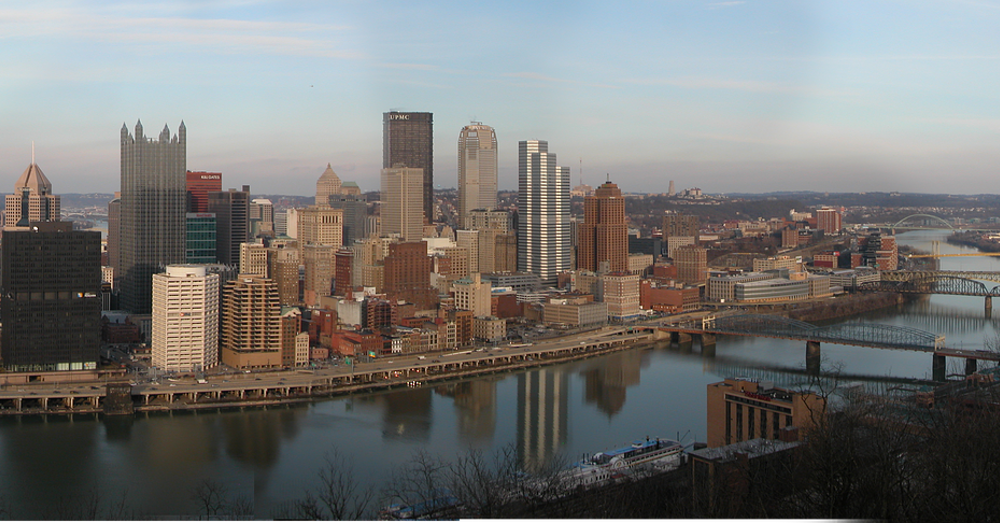
Post-Industrial Pittsburgh to Host America’s Largest Urban Farm
The U.S. city of Pittsburgh, once a dynamo of heavy industry, will soon become home to the country's largest urban farm, part of what advocates say is a trend to transform former manufacturing cities into green gardens.
The Hilltop Urban Farm will open in 2019, consisting of 23 acres (9 hectares) of farmland where low-income housing once stood, two miles (3 km) from the city center, designers say.
September 10, 2017 | Source: Thompson Reuters Foundation | by Sebastien Malo
“The land was just kind of sitting there, fenced and looking very post-apocalyptic”
NEW YORK, Sept 10 (Thomson Reuters Foundation) – The U.S. city of Pittsburgh, once a dynamo of heavy industry, will soon become home to the country’s largest urban farm, part of what advocates say is a trend to transform former manufacturing cities into green gardens.
The Hilltop Urban Farm will open in 2019, consisting of 23 acres (9 hectares) of farmland where low-income housing once stood, two miles (3 km) from the city center, designers say.
On top of farmland where winter peas and other fresh produce will be grown by local residents and sold in the community, the farm will feature a fruit orchard, a youth farm and skills-building program. Hillside land will eventually have trails.
The farm is believed to be by far the largest nationwide to be located in an urban area, said Aaron Sukenik, who heads the Hilltop Alliance that is coordinating the initiative.
“The land was just kind of sitting there, fenced and looking very post-apocalyptic,” he told the Thomson Reuters Foundation.
After Pittsburgh boomed during the late 19th and early 20th centuries as a center of coal production, steel and manufacturing, it was hit by industrial decline in the 1950s, its population cut by half over the next half century.
Reinventing itself, the metropolis has since regained much of its economic vigor with the healthcare industry replacing manufacturing as the city’s powerhouse.
But while “all the areas that you can see from downtown really have turned around,” several neighborhoods on the city’s outer ring have yet to see a similar resurgence, said Sukenik.
“It’s those neighborhoods that are the focus of our work,” he said.
Open to local residents, the farm will help bring fresh food to surrounding areas that often lack such options, he said.
Pittsburgh has the largest percentage of people residing in communities with “low-supermarket access” for cities of 250,000 to 500,000 people, according to a 2012 report by the U.S. Department of the Treasury.
And local advocates say much of Pittsburgh’s Southside, where the farm will be located, is particularly underserved by supermarkets and other retailers of fresh food.
